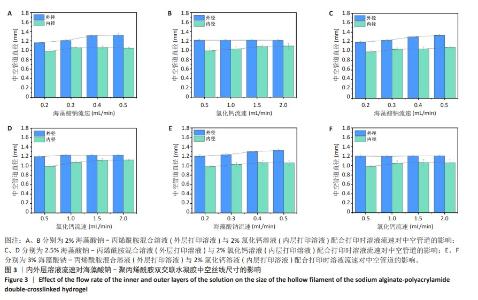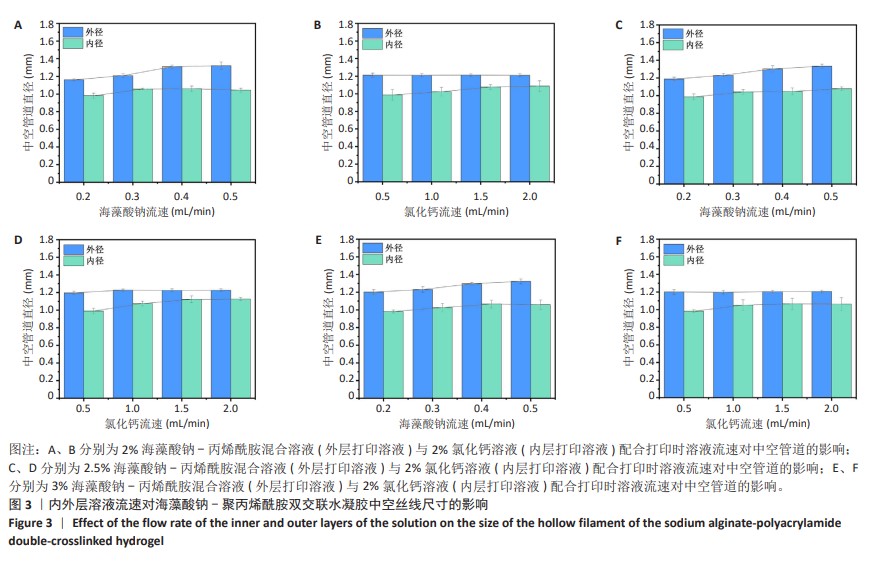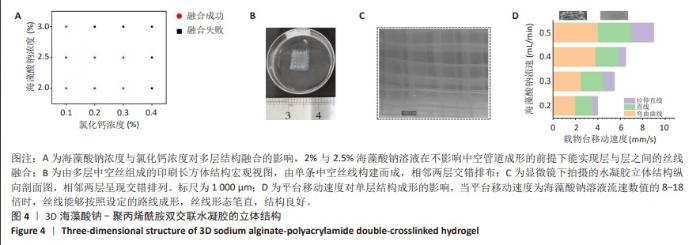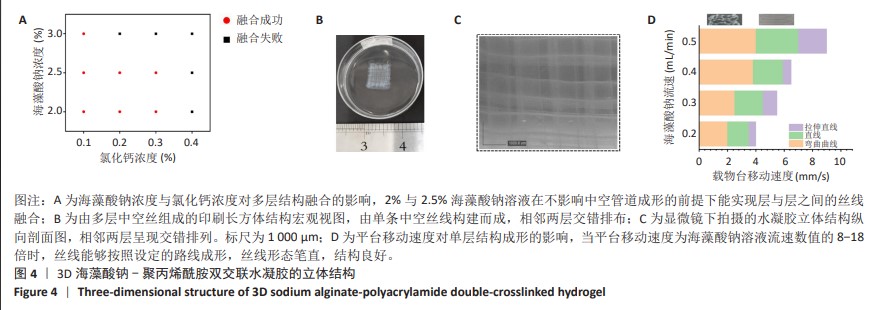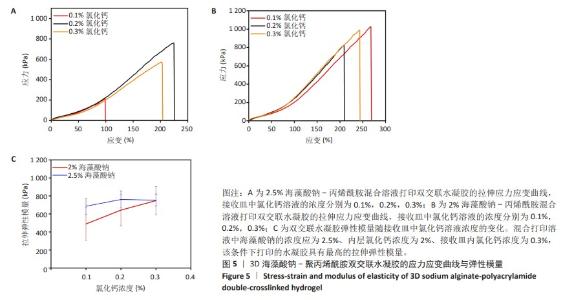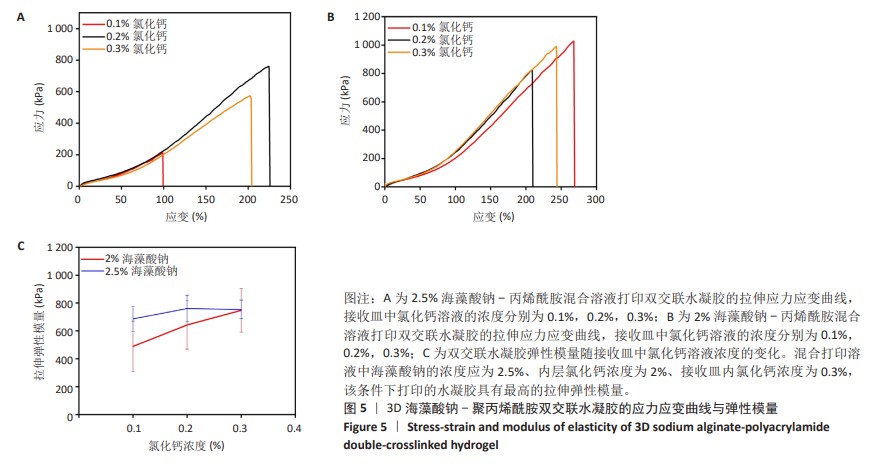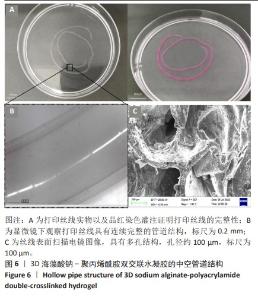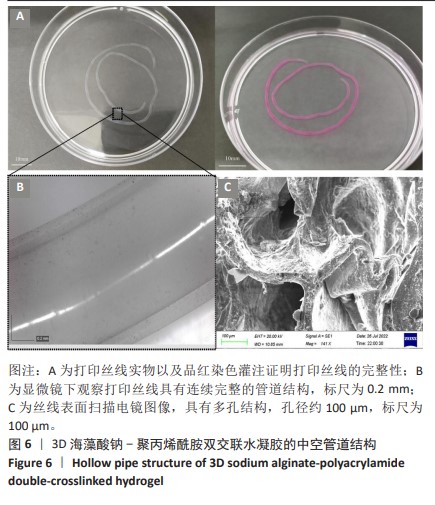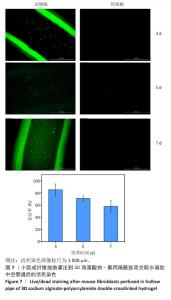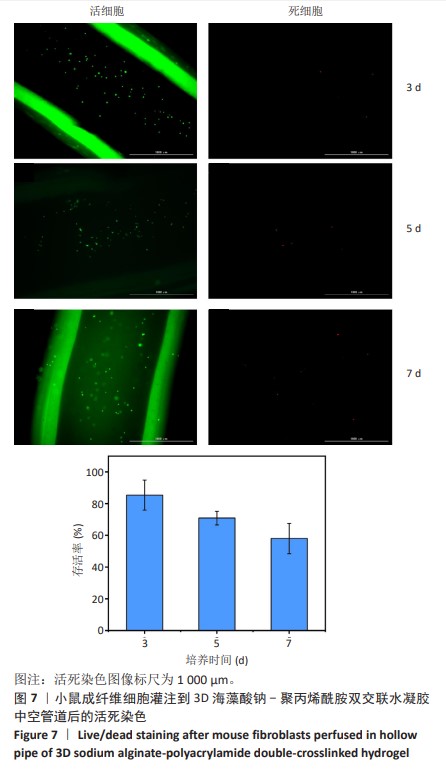[1] KHADEMHOSSEINI A, LANGER R. A decade of progress in tissue engineering. Nat Protoc. 2016;11(10):1775-1781.
[2] ROUWKEMA J, RIVRON NC, VAN BLITTERSWIJK CA. Vascularization in tissue engineering. Trends Biotechnol. 2008;26(8):434-441.
[3] NTEGE EH, SUNAMI H, SHIMIZU Y. Advances in regenerative therapy: A review of the literature and future directions. Regen Ther. 2020;14:136-153.
[4] KOLESKY DB, HOMAN KA, SKYLAR-SCOTT MA, et al. Three-dimensional bioprinting of thick vascularized tissues. Proc Natl Acad Sci U S A. 2016; 113(12):3179-3184.
[5] ZHU W, QU X, ZHU J, et al. Direct 3D bioprinting of prevascularized tissue constructs with complex microarchitecture. Biomaterials. 2017;124: 106-115.
[6] PRIYA SG, JUNGVID H, KUMAR A. Skin tissue engineering for tissue repair and regeneration. Tissue Eng Part B Rev. 2008;14(1):105-118.
[7] RATCLIFFE A. Tissue engineering of vascular grafts. Matrix Biol. 2000; 19(4):353-357.
[8] MOLLICA PA, BOOTH-CREECH EN, REID JA, et al. 3D bioprinted mammary organoids and tumoroids in human mammary derived ECM hydrogels. Acta Biomater. 2019;95:201-213.
[9] XUE L, GREISLER HP. Biomaterials in the development and future of vascular grafts. J Vasc Surg. 2003;37(2):472-480.
[10] DATTA P, AYAN B, OZBOLAT IT. Bioprinting for vascular and vascularized tissue biofabrication. Acta Biomater. 2017;51:1-20.
[11] JAIN RK, AU P, TAM J, et al. Engineering vascularized tissue. Nat Biotechnol. 2005;23(7):821-823.
[12] BOLAND T, XU T, DAMON B, et al. Application of inkjet printing to tissue engineering. Biotechnol J. 2006;1(9):910-917.
[13] BOLAND T, MIRONOV V, GUTOWSKA A, et al. Cell and organ printing 2: fusion of cell aggregates in three-dimensional gels. Anat Rec A Discov Mol Cell Evol Biol. 2003;272(2):497-502.
[14] Gu BK, Choi DJ, Park SJ, et al. 3D Bioprinting Technologies for Tissue Engineering Applications. Adv Exp Med Biol. 2018;1078:15-28.
[15] DUAN B, HOCKADAY LA, KANG KH, et al. 3D bioprinting of heterogeneous aortic valve conduits with alginate/gelatin hydrogels. J Biomed Mater Res A. 2013;101(5):1255-1264.
[16] Albrecht DR, Underhill GH, Wassermann TB, et al. Probing the role of multicellular organization in three-dimensional microenvironments. Nat Methods. 2006;3(5):369-375.
[17] KHALIL S, SUN W. Bioprinting endothelial cells with alginate for 3D tissue constructs. J Biomech Eng. 2009;131(11):111002.
[18] ATTALLA R, PUERSTEN E, JAIN N, et al. 3D bioprinting of heterogeneous bi- and tri-layered hollow channels within gel scaffolds using scalable multi-axial microfluidic extrusion nozzle. Biofabrication. 2018;11(1):015012.
[19] SHAO L, GAO Q, XIE C, et al. Directly coaxial 3D bioprinting of large-scale vascularized tissue constructs. Biofabrication. 2020;12(3):035014.
[20] DOLATI F, YU Y, ZHANG Y, et al. In vitro evaluation of carbon-nanotube-reinforced bioprintable vascular conduits. Nanotechnology. 2014;25(14):145101.
[21] HECHT H, SREBNIK S. Structural Characterization of Sodium Alginate and Calcium Alginate. Biomacromolecules. 2016;17(6):2160-2167.
[22] SMIDSRØD O, SKJÅK-BRAEK G. Alginate as immobilization matrix for cells. Trends Biotechnol. 1990;8(3):71-78.
[23] LI L, FANG Y, VREEKER R, et al. Reexamining the egg-box model in calcium-alginate gels with X-ray diffraction. Biomacromolecules. 2007;8(2):464-468.
[24] BOATENG JS, MATTHEWS KH, STEVENS HN, et al. Wound healing dressings and drug delivery systems: a review. J Pharm Sci. 2008; 97(8):2892-2923.
[25] FANG Y, AL-ASSAF S, PHILLIPS GO, et al. Multiple steps and critical behaviors of the binding of calcium to alginate. J Phys Chem B. 2007; 111(10):2456-2462.
[26] ROSIAK J, BUROZAK K, PKALA W, et al. Polyacrylamide hydrogels as sustained release drug delivery dressing materials. Radiat Phys Chem. 1983;22(3-5):907-915.
[27] FERNANDEZ ED, LOPEZ-CABARCOS LE, MIJANGOS CA, et al. Viscoelastic and swelling properties of glucose oxidase loaded polyacrylamide hydrogels and the evaluation of their properties as glucose sensors. Polymer. 2005;46(7): 2211-2217.
[28] ZHANG Y, YU Y, CHEN H, et al. Characterization of printable cellular micro-fluidic channels for tissue engineering. Biofabrication. 2013;5(2):025004.
[29] SUN JY, ZHAO X, ILLEPERUMA WR, et al. Highly stretchable and tough hydrogels. Nature. 2012;489(7414):133-136.
[30] YANG X, LU Z, WU H, et al. Collagen-alginate as bioink for three-dimensional (3D) cell printing based cartilage tissue engineering. Mater Sci Eng C Mater Biol Appl. 2018;83:195-201. |


